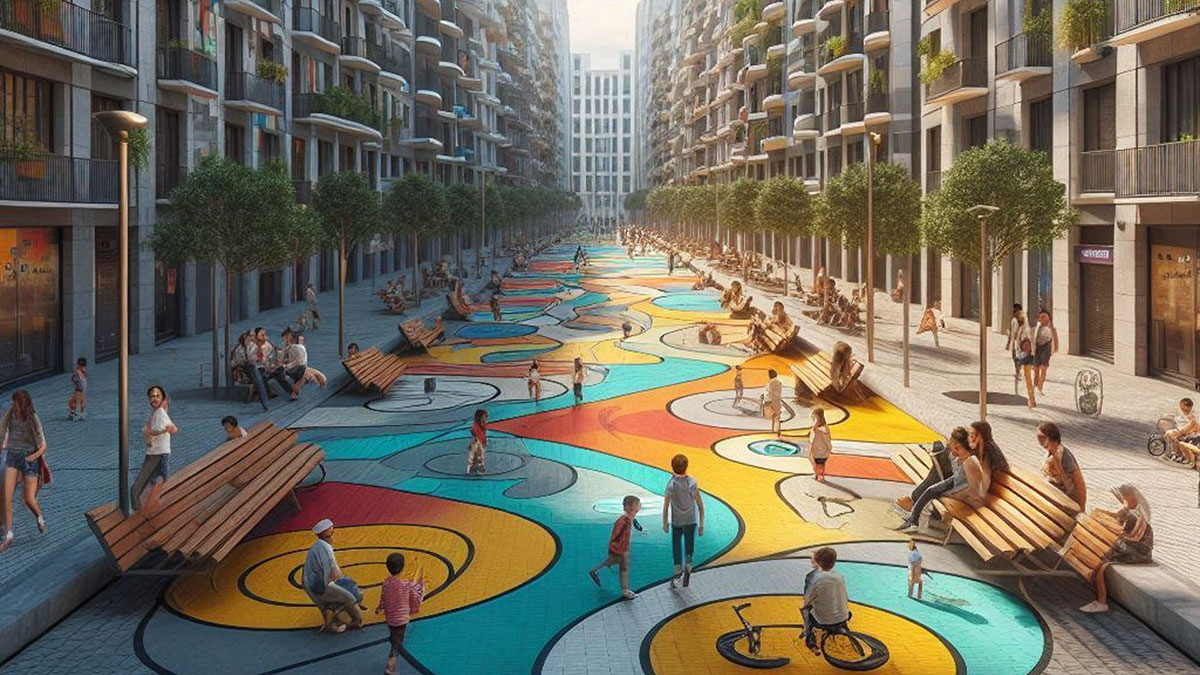Tactical urbanism is a trend in urban planning that applies small-scale, low-cost, temporary interventions in public space. These are innovative solutions, involving rapid and experimental actions to address specific problems in the city. These first interventions serve as a trial run for the subsequent implementation of permanent changes in the urban physiognomy. They also seek to encourage citizen participation.
These are the principles of tactical urban planning:
- Temporary interventions: as we say, they consist of solutions that are easily installed and removed, with sufficient flexibility to make adjustments and adaptations in response to the changing needs of the community.
- Cost efficiency: implemented with inexpensive and reusable materials to maximise the impact on the urban environment without incurring significant costs.
- Active community participation: directly involves local residents in the design and implementation of projects so that interventions reflect the needs and aspirations of the community.
- Narrow scale and focused targeting: implemented in specific areas and for specific problems, so that accurate assessments of results can be made and strategies can be adapted quickly.

Tactical urbanism acts powerfully as a testing ground for new ideas, to measure their impact and to gather support for making permanent changes. At the same time, this adaptive and participatory process supports the inclusive and sustainable evolution of cities. Ultimately, it is a way to improve the quality of life in cities.
By Ángel Ibáñez Pérez, Senior MEP Engineer at Amusement Logic Architecture Dept.






